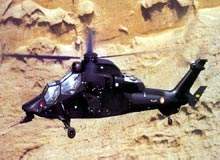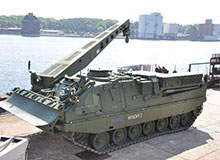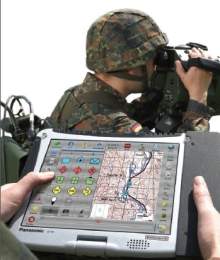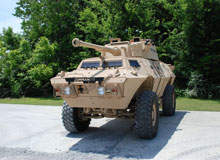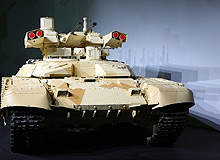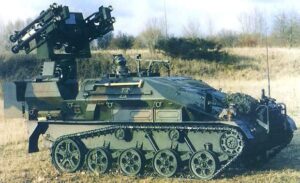Geoinformation and Data Exchange for International NATO Missions
In two scenarios at the NATO exercise CWID, ESG Elektroniksystem und Logistik proved its competency for IT systems concerned with military “joint and combined” missions. In Lillehammer, Norway, the main site for the exercise, the company provided services in the field of geoinformation. ESG’s command and control information system also played an important part at the demonstration in Euskirchen (North-Rhine Westphalia), which took place at the same time.
The “Coalition Warrior Interoperability Demonstration” (CWID) is held every year in June under the auspices of NATO. The exercise is regarded as one of the most important events in the field of networked operation command. Here, NATO checks the level of interoperability of the command, control and information systems of its member states. The NATO members, partners and organisations involved meet for around four weeks in Lillehammer.
From Germany, the Bundeswehr Office for Geoinformation (AGeoBw) was involved and provided the geoinformation. ESG assisted AGeoBw with a prototype geoportal based on internationally standardised geoweb services. Around 80 international users were able to use this tool to publish, research or visualise geodata.
At the same time as the exercise in Lillehammer, a demonstration of tactical data links (TDL) took place in Euskirchen, Germany. The idea: a direct exchange of data between flying and travelling devices and the control room is to occur via the Bundeswehr’s satellite communication system. Information from aeroplanes, helicopters or scout cars flows directly into the command and control information system, thereby helping to establish a situation report, which is as accurate as possible.
In Euskirchen, a CH-53 helicopter was enabled by means of the installed SatCom equipment to transfer data via link 16, for demonstration purposes. In a simulated flight, various information was transmitted to the TDL experimental system and then converted for forwarding to other systems. Amongst other systems, the forces’ control and information system (FüInfoSysSK), which is currently being enhanced by ESG, was connected. Furthermore, there was a connection to the HEROS-CAMULUS control and information system via the international MIP interface. ESG developed the German MIP gateway (MIP DEMCenter) for this.
The demonstration in Euskirchen delivered outstanding results. The TDL experimental system with all of the connected systems worked smoothly and data was transferred continuously without loss of data. The control and information systems involved were able to process the information efficiently and compile it into a standardised situation report.


